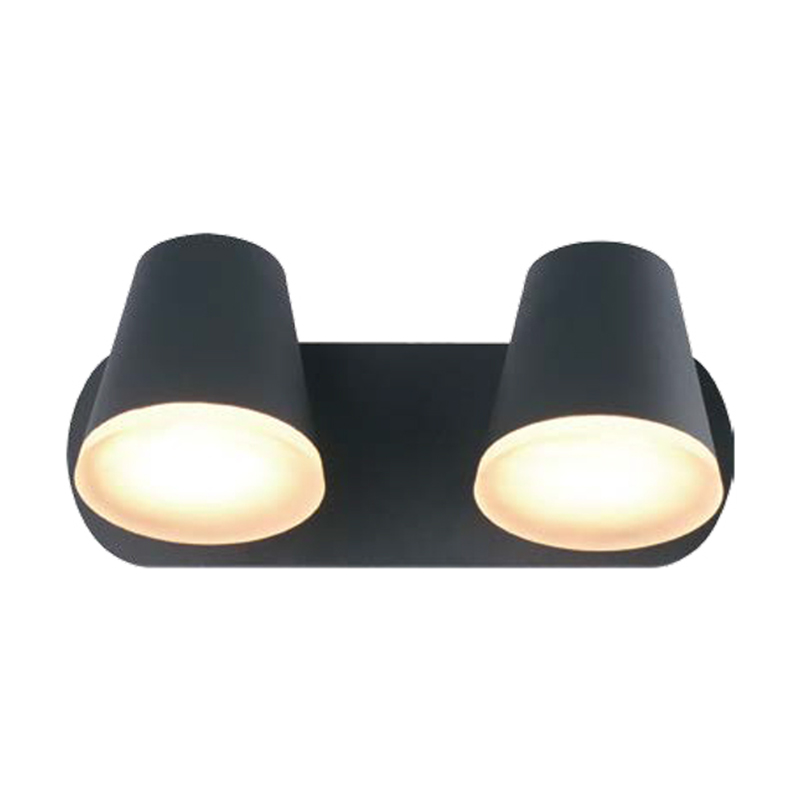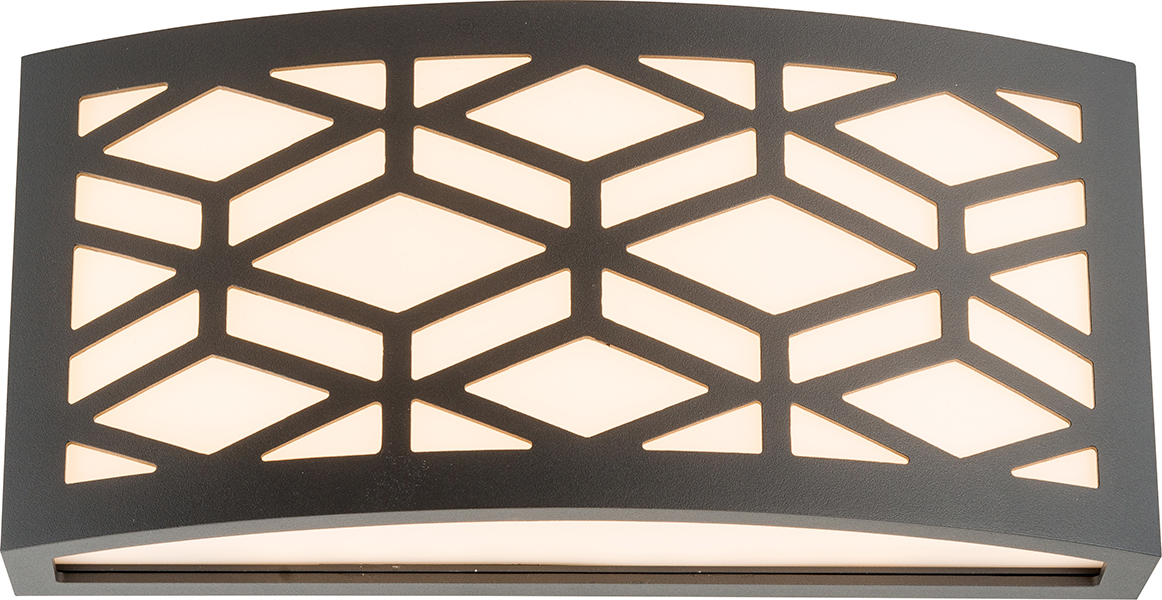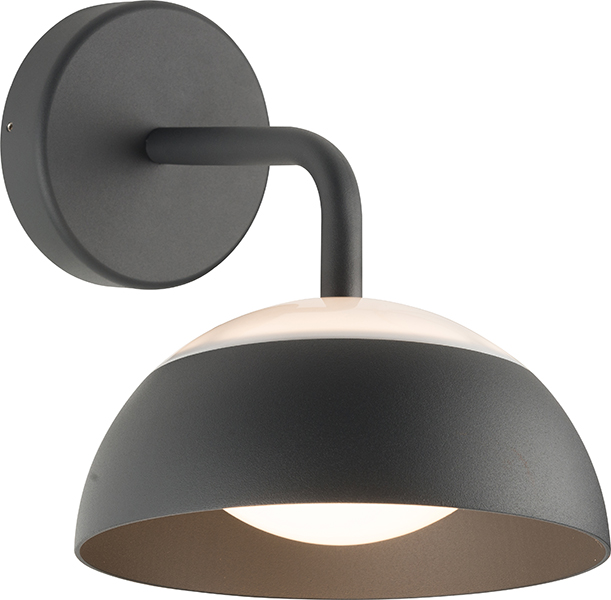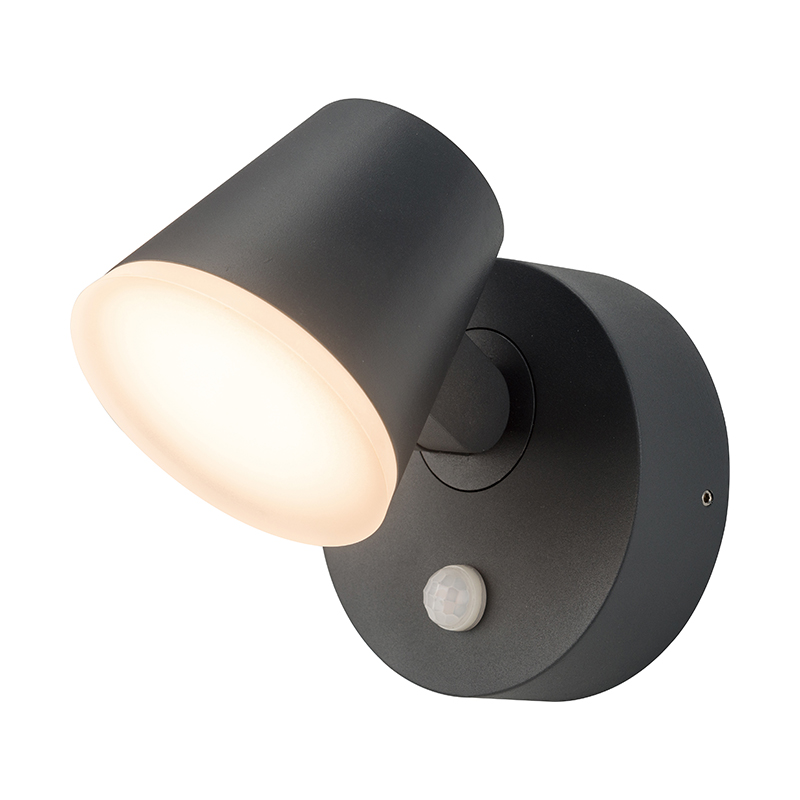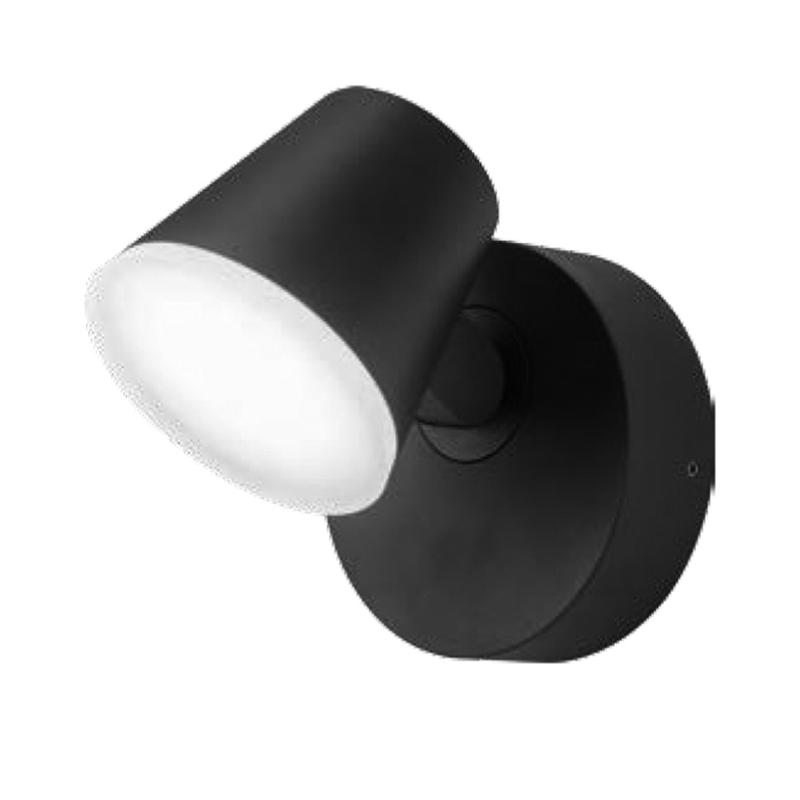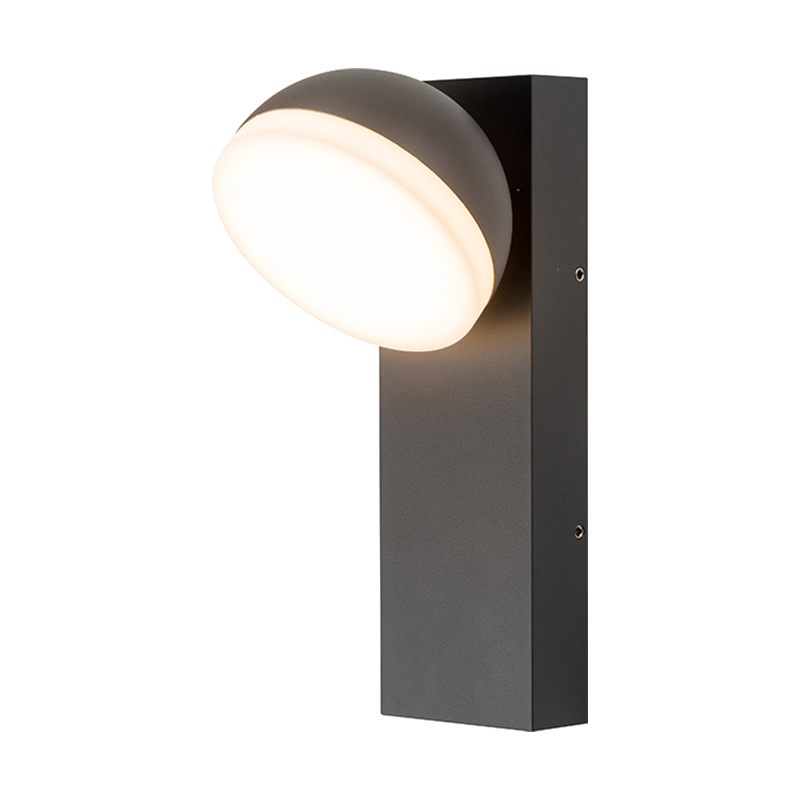
LED wall light market trends and future development prospects
1. Energy saving and environmental protection become the mainstream
With the increasingly stringent global energy conservation and emission reduction policies, LED wall lights have gradually replaced traditional incandescent lamps and fluorescent lamps due to their high energy efficiency, low power consumption and long life. The luminous efficiency of LED lamps can reach 3-5 times that of traditional lamps, and the service life can generally reach 30,000 to 50,000 hours or more, which greatly reduces the frequency of replacement and maintenance costs. LED lamps do not contain harmful substances such as mercury and are more environmentally friendly. Governments of various countries have introduced incentives to promote the use of LED lighting in buildings and public facilities, which has promoted the rapid development of the market. For example, many cities in the United States have replaced street lights and public lighting on a large scale, with significant energy-saving effects.
2. Intelligence and Internet of Things (IoT) integration
The popularity of smart home systems has enabled LED wall lights to not only have basic lighting functions, but also be remotely controlled through smartphones and voice assistants to achieve multiple functions such as switching, dimming, color temperature adjustment and scene mode switching. After combining LED wall lights with IoT technology, they can be linked with home security systems, environmental sensors and other devices to improve the convenience and safety of life. For example, the lights automatically turn on when the user returns home, turn off automatically after leaving home, or automatically adjust the brightness according to time and ambient light. In the future, with the development of 5G and AI technology, LED lamps will be more intelligent and personalized.
3. Aesthetic design and personalized customization
Modern consumers have an increasing aesthetic demand for home environments, and LED wall lamps are increasingly focusing on artistic sense and personalization in design. Designers use a variety of materials such as metal, glass, wood, and combine geometric lines, natural elements, and even art installations to create practical and beautiful lighting products. Customized services are becoming increasingly popular, and consumers can choose the color, shape, and light effect of lamps according to their decoration style and space requirements. LED lamps can also achieve multi-color switching to meet the lighting needs of different moods and scenes and enhance the overall space atmosphere.
4. Growing demand for outdoor lighting
With the popularization of outdoor lifestyles and the improvement of urban public space construction, the market demand for outdoor LED wall lamps has expanded rapidly. Whether it is a residential courtyard, garden terrace, commercial block, or square park, outdoor LED wall lamps have become the first choice for their high brightness, weather resistance, and energy-saving characteristics. In particular, the waterproof, dustproof, and UV-resistant design enable it to adapt to various harsh environments and ensure long-term stable operation. According to market research, the global outdoor LED wall light market is expected to maintain double-digit growth in the next few years, driving the upgrading of related technologies and products.
5. Smart city and infrastructure construction
The concept of smart city has promoted the construction of smart lighting systems. As an important part of public space lighting, LED wall lights have become more and more diverse in function. In addition to lighting, LED wall lights integrated with environmental sensors (such as temperature and humidity, air quality, and noise monitoring) and cameras can collect and transmit data to assist city managers in environmental monitoring and security prevention. Lights can also automatically adjust brightness and color temperature according to actual needs to improve energy efficiency and public safety. In the future, with the application of 5G and cloud computing technologies, smart LED wall lights will become an important node in smart cities.
6. Market dynamics in the Asia-Pacific region
The Asia-Pacific region is one of the fastest growing regions for LED wall lights, mainly due to the rapid urbanization process and infrastructure investment in countries such as China and India. The government's strong promotion of energy-saving buildings and green lighting policies has accelerated the popularization of LED lighting. In particular, LED wall lights are widely used in residential buildings, commercial complexes, hotels and public buildings to improve lighting quality and reduce energy consumption. At the same time, the growing demand for home aesthetics and smart lighting has driven the diversification of the market. Companies in the region continue to innovate and launch products that adapt to different climate and cultural needs.
7. Market dynamics in North America
The North American market is in a leading position in smart homes and green buildings. The United States and Canada have adopted a large number of LED wall lights to replace traditional lamps, especially in energy-saving renovation projects in the commercial and industrial fields. The integration of smart lighting systems has made LED wall lights an important part of smart buildings, which not only saves energy but also improves user experience. The North American market emphasizes the high performance, reliability and compliance with environmental standards of products. In addition, the subsidy policies and standard certifications provided by the government and local agencies have also promoted the widespread application of LED wall lights.
8. Market dynamics in Europe
The European market attaches great importance to environmental sustainability and energy conservation and emission reduction, which has promoted the rapid growth of LED wall lights in public and private buildings. The EU's strict energy efficiency regulations and green building certification systems (such as LEED) have promoted the development of smart lighting technology. European consumers have high requirements for design and quality. LED wall light manufacturers continue to optimize product design and emphasize the combination of lighting effects and space art. Intelligent control systems are also gradually becoming popular in the European market, meeting the needs of different users for comfort and convenience. Overall, the European market tends to develop towards high-end and intelligent development.
9. Technological innovation drives product upgrades
LED technology continues to advance, including high-brightness chips, higher light-efficiency packaging technology, and smarter drive systems, which continuously improve the performance of LED wall lights. At the same time, the integration of functions such as dimming technology, color temperature adjustment, and multi-color changes enriches the application scenarios of the product. In the future, with the integration of micro sensors, AI algorithms, and wireless communication technologies, LED wall lights will achieve more accurate light environment adjustment and automatic control, providing users with a more comfortable and personalized lighting experience.
Product Category
News Category
- Detailed information
 Emily: emily@cn-hangjia.com
+86-158 8806 3776
Emily: emily@cn-hangjia.com
+86-158 8806 3776 Fanny: fanny@cn-hangjia.com
+86-134 8422 9778
Fanny: fanny@cn-hangjia.com
+86-134 8422 9778 Tina
: tina@cn-hangjia.com
+86-159 5829 3091
Tina
: tina@cn-hangjia.com
+86-159 5829 3091 Address : East Industrial Park Linshan Town Yuyao City Zhejiang Province
Address : East Industrial Park Linshan Town Yuyao City Zhejiang Province

 English
English 中文简体
中文简体